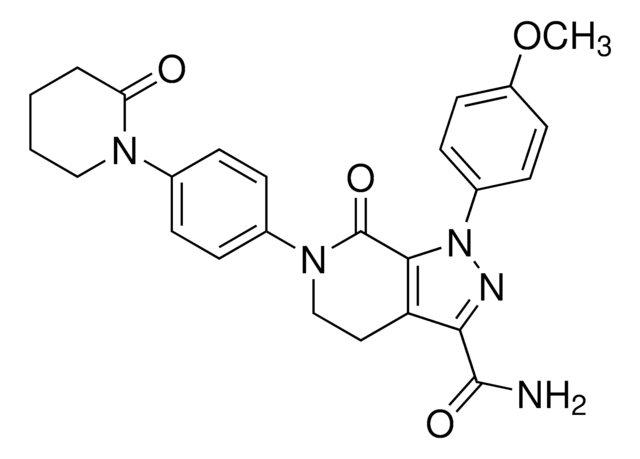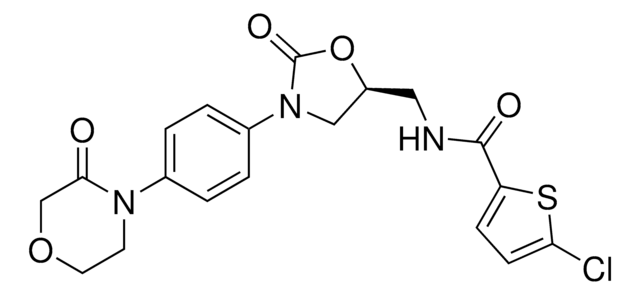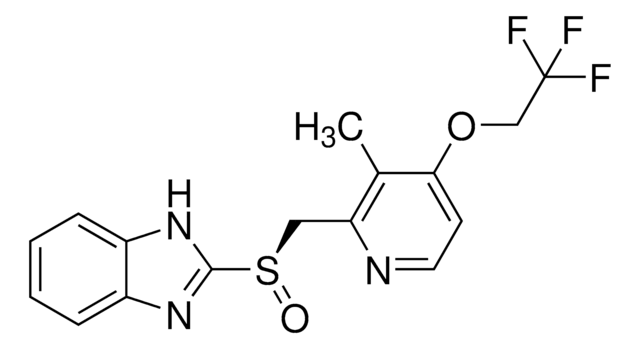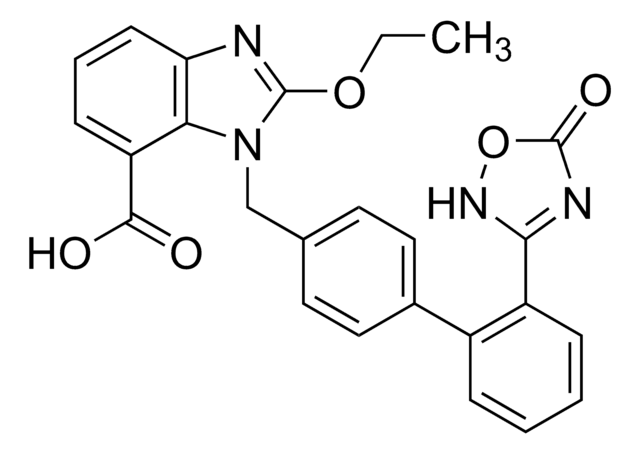B107
L-BMAA hydrochloride
≥97% (NMR), powder
Sinónimos:
S(+)-2-Amino-3-(methylamino)propionic acid hydrochloride
About This Item
Productos recomendados
assay
≥97% (NMR)
form
powder
optical activity
[α]/D +21 to +31°, c = 0.5 M in 0.1 M HCl(lit.)
storage condition
desiccated
color
white to beige
solubility
H2O: soluble (solutions may be stored for several days at 4 °C)
storage temp.
−20°C
SMILES string
Cl.CNC[C@H](N)C(O)=O
InChI
1S/C4H10N2O2.ClH/c1-6-2-3(5)4(7)8;/h3,6H,2,5H2,1H3,(H,7,8);1H/t3-;/m0./s1
InChI key
VDXYGASOGLSIDM-DFWYDOINSA-N
General description
Application
Biochem/physiol Actions
Storage Class
11 - Combustible Solids
wgk_germany
WGK 3
flash_point_f
Not applicable
flash_point_c
Not applicable
ppe
Eyeshields, Gloves, type N95 (US)
Elija entre una de las versiones más recientes:
¿Ya tiene este producto?
Encuentre la documentación para los productos que ha comprado recientemente en la Biblioteca de documentos.
Nuestro equipo de científicos tiene experiencia en todas las áreas de investigación: Ciencias de la vida, Ciencia de los materiales, Síntesis química, Cromatografía, Analítica y muchas otras.
Póngase en contacto con el Servicio técnico







